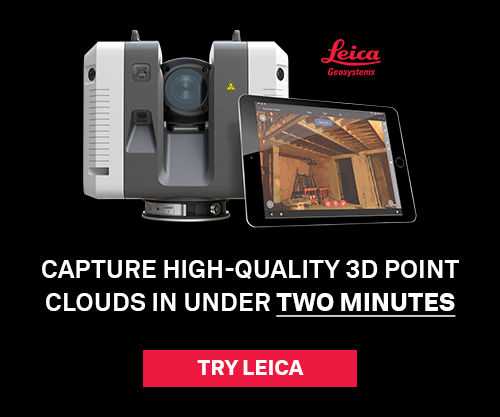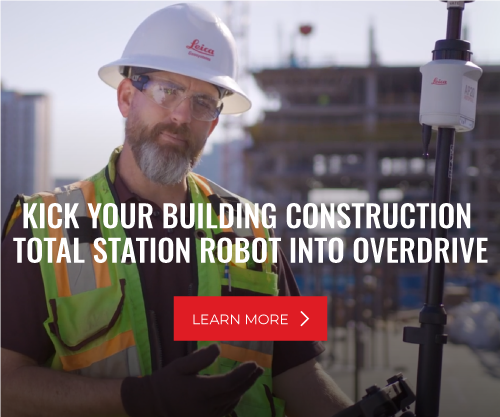If you’re using a total station and laser scanner to maximize quality and safety and accelerate your MEP workflows, you’re not alone. According to Leica Geosystems and Construction Dive’s 2023 State of MEP Contractors and Digital Construction Technology survey, 62% and 71% of MEP contractors report using total stations and laser scanners, respectively, on at least a monthly basis.
Today’s hardware and field apps are designed to be user-friendly straight out of the box, with touchscreen interfaces, push-button operation, and the ability to review captured data in real-time. Indeed, their ease of use can give you a false sense of belief that you know everything you need to know about their operation to get your job done. Should you still invest in formal training and educational courses?
According to industry experts, the answer is a resounding yes. Here’s why.
A Faster Payoff
The introductory training that might accompany a product purchase might be adequate for a company to get a return on their technology because of its immense productivity uptick, says Mike Harvey, Leica Geosystems’ senior product manager for reality capture. However, he continues, you will save yourself time, money and frustration in the long road if you can optimize your workflow. By deploying technology to its full potential, you will see your investment pay off even quicker. At the end of Leica’s training sessions, students almost always say, “I wish I had done this sooner.”
For example, Harvey has taught electrical contractors to check conduit and junction box locations during concrete pre-pour with a laser scanner. By preventing even one instance of rework, which would cost upwards of a few thousand dollars to cut into and patch concrete and reconfigure components, the training quickly pays for itself.
As you explore more use cases with your equipment, you will spot more opportunities to master and standardize a process. Formal training will ensure you’re not reinventing the wheel each time.
An Optimized Workflow
Education can take on many formats to fit your schedule and budget needs, Harvey says. “We offer different training regimens that meet your current level of familiarity with the hardware and software.”
For a personalized, firsthand experience exclusive to your company’s specific capabilities and services, you can arrange for on-site training at your office or on a jobsite. Leica Geosystems instructors can show you everything from unpacking your hardware to conducting a sample scan and to processing data in the software on your field or office devices. One customer had Leica Geosystems trainers visit different project sites across the western United States. “We developed different training agendas to meet the specific needs of each site and each team,” Harvey says.
For training across multiple topics, but still via a firsthand, intensive learning model, you can attend conferences on surveying and 3D reality capture. Leica Geosystems holds a week-long event each year called Leica Geosystems University.
Training on Your Schedule
For a more accessible and flexible educational program, you and your team can attend virtual training sessions, which are taught live by an instructor who can answer your questions in real-time. These programs are also recorded for future access and rewatching.
When you become more comfortable handling and exploring your hardware and software on your own, you can graduate to virtual, self-paced courses. Leica Geosystems records and saves training sessions on a variety of topics for all student levels in an online resource library. “You have access to a library of virtual content, which we regularly update as new hardware and software updates are pushed live,” Harvey says. The library is also useful for onboarding new team members who might have missed an on-site or live virtual session but can develop a foundation of knowledge as their workload allows.
Support for All Budgets
Access to Leica Geosystems’ resources is available through a customer care plan, which can be designed to fit your budget. Even with the brand’s clean design and intuitive operation, customers can always benefit from mastering the ever-advancing capabilities of its solutions. “One of the best things we have done is ensure that once you have developed a downstream workflow for your needs, you can use it with any of our scanner types,” Harvey says. “Having a similar workflow in the office will save you on training and downtime.”
Regardless of your existing capabilities, project needs and markets, ask your technology provider to develop a custom and proven training package to ensure your company receives the full benefit of its hardware and software investment.
To discuss your needs with a building construction specialist, contact us.







